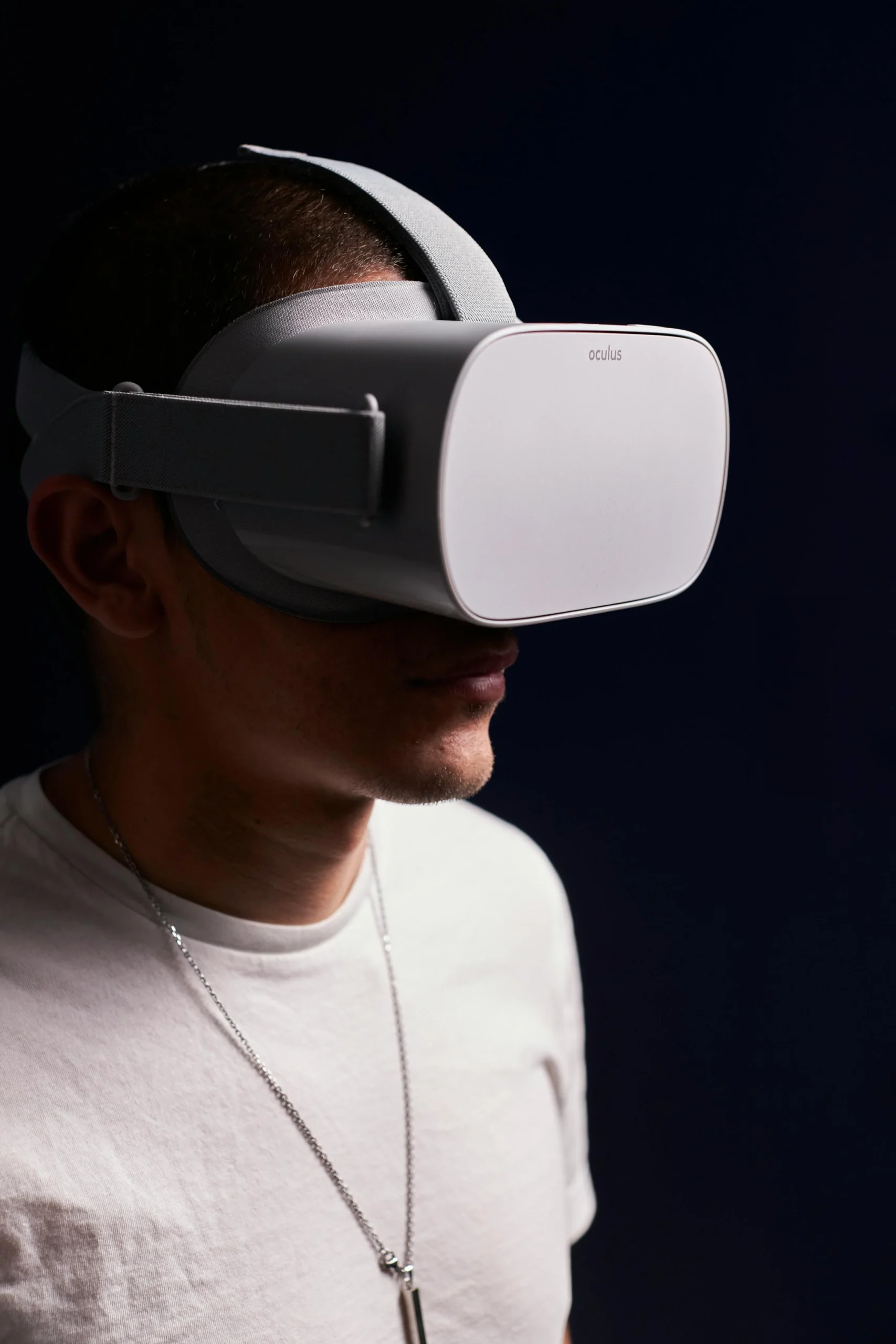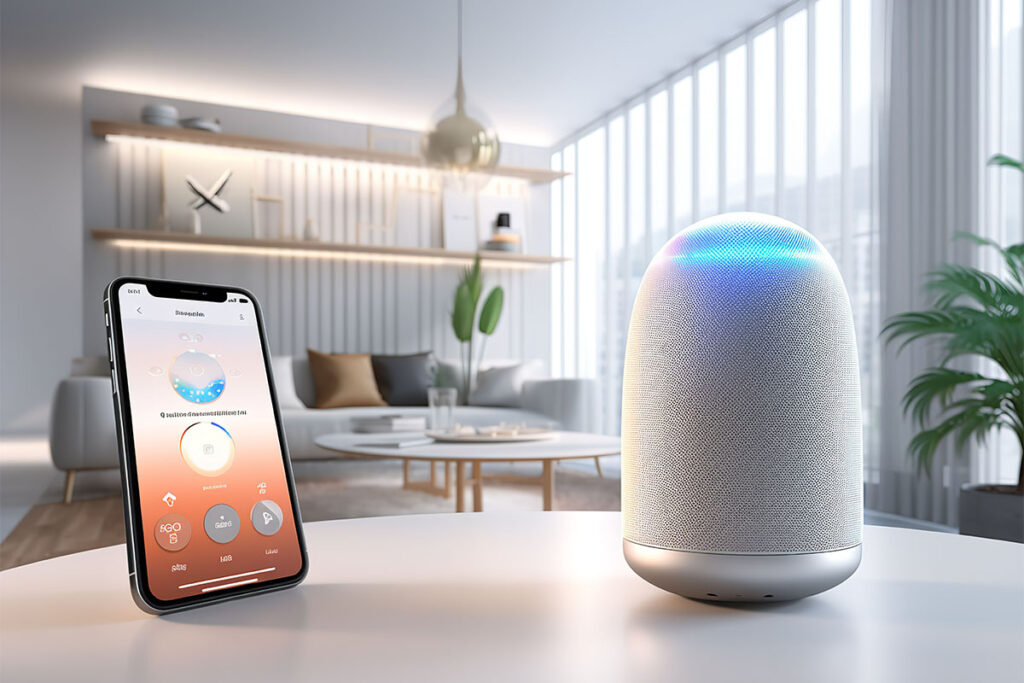As we step into 2024, the world of virtual reality (VR) continues to evolve at an astonishing pace. With advancements in technology, VR headsets are becoming more sophisticated, offering users an unparalleled immersive experience. In this article, titled VR Headsets 2024: Which One Offers The Most Immersive Experience?, we will delve into the latest models that promise to redefine how we interact with digital environments. From enhanced graphics to improved tracking capabilities, the upcoming headsets are set to elevate your virtual adventures to new heights.
Throughout this article, you will discover the standout features of the top VR headsets of 2024, including their specifications, user experiences, and unique selling points. We will compare popular models, examining their strengths and weaknesses to help you make an informed decision. Whether you are a gaming enthusiast, a professional in the creative industry, or simply curious about the VR landscape, our comprehensive guide will provide valuable insights tailored to your needs.
Stay with us as we explore the cutting-edge technology behind these devices, the immersive experiences they offer, and how they stack up against each other. By the end of this article, you will have a clear understanding of which VR headset is best suited for your virtual reality journey. Don’t miss out on the opportunity to enhance your digital experiences—read on to find out which headset reigns supreme in 2024!
As virtual reality technology continues to evolve, 2024 promises to bring some of the most advanced VR headsets to the market. This article explores various aspects of these devices to help you determine which one offers the most immersive experience.
Display Technology: Resolution and Refresh Rate
The display technology in VR headsets is crucial for an immersive experience. In 2024, many headsets are expected to feature higher resolutions, such as 4K or even 8K displays, which significantly enhance visual clarity. A higher refresh rate, ideally 120Hz or more, also contributes to smoother motion and reduces motion sickness, making the experience more enjoyable.
With advancements in OLED and Mini-LED technologies, users can expect deeper blacks and more vibrant colors. These improvements not only enhance the realism of virtual environments but also allow for longer gaming sessions without eye strain. As a result, the combination of high resolution and refresh rate is a key factor in determining the most immersive VR headset.
Field of View (FOV)
The field of view (FOV) is another critical aspect that affects immersion in virtual reality. A wider FOV allows users to see more of the virtual environment without turning their heads, creating a more natural and engaging experience. In 2024, many headsets are expected to offer FOVs of 110 degrees or more, which is essential for simulating real-world vision.
A larger FOV can enhance the sense of presence, making users feel as though they are truly part of the virtual world. This is particularly important in gaming and simulation applications, where peripheral vision plays a significant role in gameplay. Therefore, when choosing a VR headset, consider the FOV as a key indicator of immersion.
Tracking Technology: Inside-Out vs. Outside-In
Tracking technology is vital for an immersive VR experience. Inside-out tracking, which uses cameras on the headset to track the user’s movements, offers greater freedom of movement without the need for external sensors. This technology is becoming increasingly popular in 2024 headsets, providing users with a more seamless experience.
On the other hand, outside-in tracking, which relies on external sensors placed around the play area, can offer more precise tracking but may limit movement. Understanding the differences between these tracking methods can help users choose a headset that best fits their needs and enhances their immersive experience.
Audio Quality: Spatial Sound and Head Tracking
Audio quality is often overlooked but is essential for immersion in virtual reality. In 2024, many VR headsets are expected to incorporate spatial audio technology, which allows sounds to be perceived from different directions, enhancing the realism of the virtual environment. This feature is particularly important in gaming, where audio cues can significantly impact gameplay.
Additionally, head tracking capabilities in audio systems can adjust sound based on the user’s head position, further enhancing the immersive experience. By providing a more realistic auditory environment, high-quality audio can make virtual experiences feel more lifelike and engaging.
Comfort and Ergonomics
Comfort is a crucial factor for prolonged use of VR headsets. In 2024, manufacturers are focusing on ergonomics, ensuring that headsets are lightweight and well-balanced. Features such as adjustable straps, cushioned face pads, and breathable materials can significantly enhance user comfort during extended sessions.
A comfortable headset allows users to immerse themselves in virtual experiences without the distraction of discomfort. As VR applications become more diverse, from gaming to virtual meetings, the importance of comfort cannot be overstated. Therefore, when selecting a headset, consider its design and comfort features.
Content Ecosystem: Games and Applications
The availability of content is a significant factor in determining the value of a VR headset. In 2024, the most immersive headsets will likely have access to a wide range of games and applications, including exclusive titles that leverage the hardware’s capabilities. A robust content ecosystem ensures that users can fully utilize their headsets and enjoy diverse experiences.
Moreover, compatibility with existing platforms and cross-platform play can enhance the overall value of a headset. As developers continue to create innovative VR experiences, the content available for each headset will play a crucial role in its immersive potential.
Price vs. Performance: Finding the Right Balance
As with any technology, price is a significant consideration when choosing a VR headset. In 2024, consumers will need to weigh the performance features against the cost to find the best value. High-end headsets may offer superior specifications, but budget-friendly options are also emerging with impressive capabilities.
Understanding what features are most important for your intended use—be it gaming, simulation, or social interaction—can help you make an informed decision. Ultimately, finding the right balance between price and performance is essential for maximizing your immersive experience.
Future Trends in VR Technology
The future of VR technology is promising, with ongoing advancements expected to enhance immersion further. In 2024, we may see developments such as improved haptic feedback systems, which provide tactile sensations that mimic real-world interactions, and advancements in AI-driven environments that adapt to user behavior.
Additionally, the integration of augmented reality (AR) features into VR headsets could create hybrid experiences that blend the physical and virtual worlds. Staying informed about these trends can help users choose a headset that not only meets their current needs but also adapts to future developments in VR technology.
| VR Headset | Resolution | Field of View (FOV) | Refresh Rate | Tracking Technology | Price | Key Features |
|---|---|---|---|---|---|---|
| Meta Quest 3 | 2064 x 2208 per eye | 110 degrees | 120 Hz | Inside-out tracking | $499 | Standalone, mixed reality capabilities, hand tracking |
| Valve Index | 1440 x 1600 per eye | 130 degrees | 144 Hz | External base stations | $999 | High-quality audio, finger tracking, wide FOV |
| HTC Vive XR Elite | 1920 x 1920 per eye | 110 degrees | 90 Hz | Inside-out tracking | $1,099 | Compact design, wireless streaming, mixed reality |
| Pico 5 | 2160 x 2160 per eye | 105 degrees | 90 Hz | Inside-out tracking | $499 | Affordable, good performance, social features |
| PlayStation VR2 | 2000 x 2040 per eye | 110 degrees | 120 Hz | Inside-out tracking | $549 | Exclusive games, haptic feedback, eye tracking |
Conclusion
When choosing a VR headset in 2024, consider factors such as resolution, field of view, refresh rate, and tracking technology. Each headset offers unique features catering to different preferences and budgets. The Meta Quest 3 and Pico 5 stand out for their affordability and standalone capabilities, while the Valve Index is ideal for enthusiasts seeking the highest fidelity experience.


